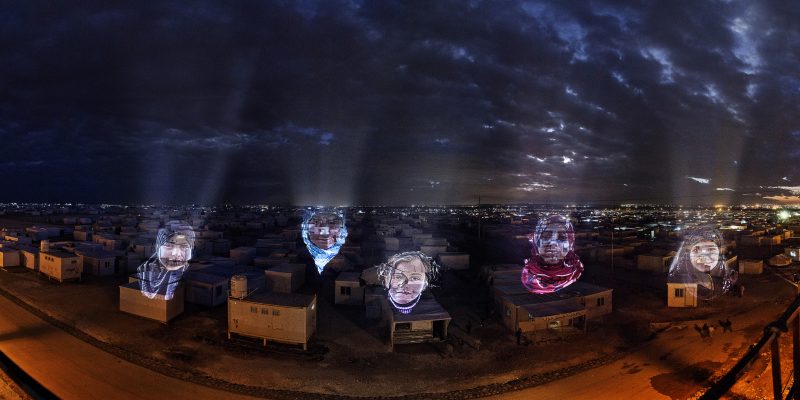With more people on the move today than ever in our recorded history, the global refugee crisis is posing one of the greatest humanitarian challenges of our time.
According to the UNHCR, there are currently an estimated 65.3 million displaced persons around the world—this represents 1 in 113 people in the world, the greatest number displaced since World War II, and includes refugees, asylum seekers, or internally displaced people. Of these, 21.3 million people have been formally acknowledged and labeled as refugees, more than 50 percent are persons coming from Somalia, Afghanistan, and Syria, and more than 51 per cent are below the age of 18.
The reasons for displacement are various, and the types of people forced to leave their homes are many. But refugees are viewed as a monolithic block in the media, by policymakers, and unfortunately also by members of the tech community.
Many people—often including policymakers—exhibit luddite tendencies, when they interpret technology usage by refugees as a demonstration of their self-sufficiency, as opposed to reliance on a tool of lifesaving necessity.
On the other hand, while part of the civic tech community has been engaging in discussions of how to help, the current thrust of technology responses approaches refugees only as victims. Technologists too often take refugees out of the equation by having the solutions be “about them” as opposed to developed “with them.” But you can’t “hack a solution” if you don’t have all stakeholders at the proverbial table, with refugee interests and contributions at the center of your efforts.
Twelve months from now, millions more people around the world will likely be refugees. Some will have found refuge or returned home, and all will continue to develop their own innovations to secure safe passage and livelihood for their families. In the same time frame, will members of the tech and media communities still be exploring ways and remain committed to support refugees, or will we have moved on? And what impact will we have had?
Civic technology can empower displaced persons, migrants, and refugees by involving them in the design and deployment of these tools. For civic technology efforts to be successful, they must take displaced persons into account when designing technology, providing tools, using community stories and disseminating information, and engaging in advocacy, and should remain in contact with people on-the-ground, living these situations.
Technology plays a key role in the ability for displaced persons, migrants, and refugees to share their experiences and stories.
Data-driven advocacy and storytelling can help to dispel untrue and damaging misconceptions about displaced persons, and to shift narratives of mainstream media that frames the global refugee crisis in false contexts.
The use of narrative technologies and interactive, immersive media to capture and present refugees’ own stories and lived experience is a crucial factor in co-designing solutions and engaging in effective advocacy; it has the power of turning production tools directly over to refugees themselves, to engage in the social process of collaborative design and to advocate for themselves.
This is a condensed and slightly edited version of a piece originally published on Civicist.
Image by Lukas Maximilian Hüller/Ars Electronica via Flickr Creative Commons.










